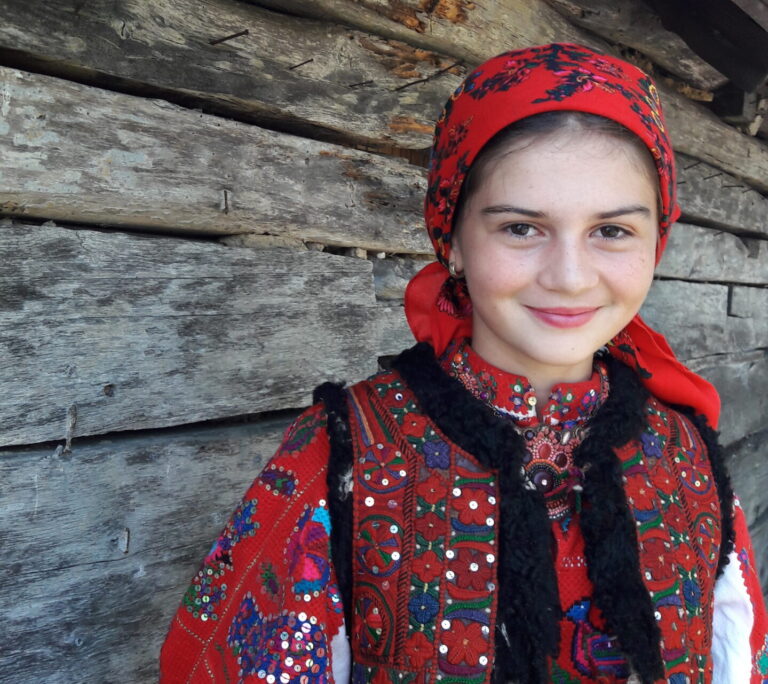Cluj-Napoca
Romania
PERSONAGES
The origins
The oldest vestiges discovered in Cluj date from the Neolithic period. The first written attestation of the Napoca Roman fort dates from the period immediately following the Daco-Roman wars, from the years 105-106. In 1316, after a period of Hungarian domination, King Carol Robert of Anjou granted Cluj the status of a royal free city. Together with the rest of the Principality of Transylvania, Cluj became part of the Habsburg Monarchy in 1711. In 1918, after the Great Union declared in Alba Iulia, Cluj returns to Romania. Currently, it is one of the most important localities in the country, second only to the capital Bucharest.
Matthias Corvinus
One of the most prominent characters born in Cluj was Matthias Corvinus, also called Matthias I, King of Hungary from 1458 to 1490. He was born in 1443.
In 1902, to honor him, a monumental statue was unveiled, conceived by Hungarian artist János Fadrusz. The statue, represented by a smaller model, has been awarded the Grand Prix, the highest award at the World Expo, 1900.
„E fain la Cluj”
„E fain la Cluj” means it ”It is beautiful in Cluj”, it is an expression used very often in Cluj area, its meaning being that people are proud to live here. The word „fain” comes from german term ”fein”, inherited from the period where Transylvania was part of the Habsburgic Empire, with the meaning fine or beautiful.
WHAT TO EAT
Plăcinte pădurenești
The forest pies are certainly the most representative of the Land of the Forests and the foresters prepare them for special community events or when they receive guests from other lands. They are pies filled with salted cheese, baked on the fireplace.
Varza a la Cluj
One of the most tasty food in the area, whose name was taken from the city, is called ”Varza a la Cluj” (meaning Cabbage a la Cluj), which is a dish containing grated cabbage rinced meat and rice, placed in several layers.
Mămăligă cu brânză
Another largely consumed dish is ”Mămăligă cu brânză” (Polenta with cheese), which is considered an affordable dish, easy to cook. It may also contain eggs, mainly with decorative purpose, but also enriching the dish with proteins.
MUST-SEE
Troiţă
The crosses (Troiţă) are a feature of the village landscape, where they were built for divine protection. They were meant to preserve the natural order of things. The cross is usually made of hardwood, painted on one or both sides. A particular type of troiță proliferated in interwar Greater Romania: that dedicated to the fallen soldiers of World War I, and promoted by the Cultul Eroilor memorial society. With the majority of soldiers coming from rural areas, it was considered an appropriate way to commemorate the peasant-soldier hero.
The marble village
In Alun, also known as the marble village, all the houses are built in a traditional style, with marble foundations. Plus, there is a white marble road, 10km long which is made with stone from the nearby marble quarry.
The Govăjdia Blast Furnace
The Govăjdia Blast Furnace is a disused blast furnace in Govăjdia village, Ghelari Commune, Hunedoara County, in the Transylvania region of Romania. The blast furnace became famous because the metal prepared there was used as raw material in the construction of the Eiffel Tower.
PICTURES

Cluj-Napoca, Romania
Alina Stan

Cluj-Napoca, Romania
Alina Stan

Cluj-Napoca, Romania
Alina Stan

Cluj-Napoca, Romania
Alina Stan

Cluj-Napoca, Romania
Alina Stan

Cluj-Napoca, Romania
Alina Stan

Cluj-Napoca, Romania
Alina Stan

Cluj-Napoca, Romania
Alina Stan

Cluj-Napoca, Romania
Alina Stan
Tagged romania_en
